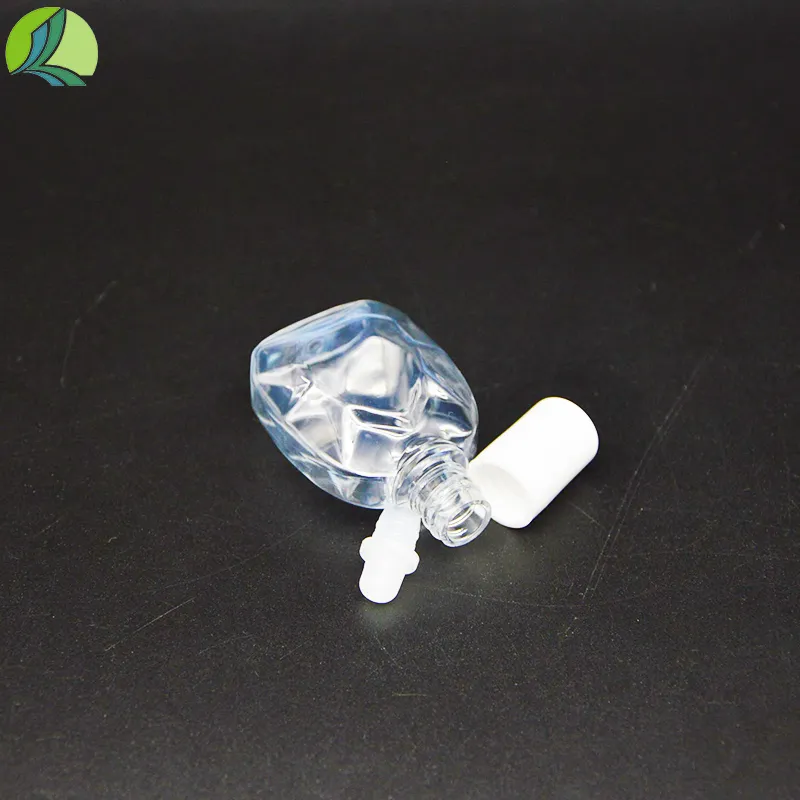blood sample collection tube types
Understanding Blood Sample Collection Tube Types
Blood sample collection is a critical procedure in the medical field, enabling the diagnosis and monitoring of various health conditions. The effectiveness of this procedure heavily relies on the type of blood collection tubes used. Various materials and additives in these tubes are designed to preserve blood samples for different tests, ensuring accurate and reliable results. In this article, we'll explore the various types of blood sample collection tubes, their purpose, and the importance of choosing the right tube for specific tests.
Types of Blood Sample Collection Tubes
1. EDTA Tubes (Purple Top) EDTA (Ethylenediaminetetraacetic Acid) tubes are commonly used for hematology tests. The presence of EDTA acts as an anticoagulant, preventing blood clotting, which is crucial for accurate blood analysis. These tubes are typically used for complete blood counts (CBC), blood smears, and other tests where the cellular composition of blood needs to be evaluated.
2. Citrate Tubes (Light Blue Top) Citrate tubes contain sodium citrate as an anticoagulant and are primarily used for coagulation studies. The ratio of blood to citrate is crucial, as it directly affects test results. Tests such as Prothrombin Time (PT) and Activated Partial Thromboplastin Time (aPTT) are performed using these tubes, making them essential for evaluating blood clotting disorders.
3. Serum Separator Tubes (Gold or Tiger Top) These tubes, often called SST (Serum Separator Tubes), have a gel barrier that separates serum from blood cells upon centrifugation. They are used for a wide range of tests, including biochemical analyses and serology. The gel ensures that serum remains uncontaminated and stable for testing, making these tubes very popular in clinical laboratories.
4. Heparin Tubes (Green Top) Heparin tubes contain heparin, another anticoagulant, which is especially useful in biochemical analysis where plasma is required. These tubes prevent clotting without interfering with most biochemical assays, making them suitable for tests that analyze enzyme levels, electrolytes, and other substances in the plasma.
blood sample collection tube types

5. Silica Activator Tubes (Red Top) These tubes are often used for serum testing, as they contain no anticoagulant. Instead, they have a silica gel that promotes clotting, allowing for serum to be collected after centrifugation. Red top tubes are typically used for certain chemistry tests where serum is preferred, such as hormone levels and metabolic panels.
Importance of Proper Tube Selection
Choosing the correct blood collection tube is essential for obtaining accurate laboratory results. Each type of tube is designed for specific analytical purposes, and using the wrong tube can lead to erroneous results. For example, using an EDTA tube for a coagulation study could result in falsely prolonged clotting times due to the anticoagulant's effect.
Moreover, proper handling and storage of samples are equally important. Blood samples should be processed or stored according to the manufacturer's guidelines to maintain the integrity of the sample. This includes considerations for temperature, light exposure, and time before processing.
Conclusion
In summary, the selection of the appropriate blood sample collection tube plays a vital role in laboratory diagnostics. Understanding the different types of tubes and their specific applications can help healthcare professionals ensure accurate and reliable test results. By acknowledging the significance of these vessels in the blood collection process, we can improve patient outcomes through better diagnosis and monitoring of health conditions. Thus, whether it’s for routine blood work or specialized tests, the importance of using the right blood sample collection tube cannot be overstated.
-
Aesthetic Makeup Spray Bottles | Fine Mist Empty RefillableNewsAug.19,2025
-
White Plastic Veterinary Vaccine Vials | Lab Liquid BottlesNewsAug.18,2025
-
Plastic Medicine Liquid Bottle: Secure Flip Top Drug VialsNewsAug.17,2025
-
Durable 250ml Blue Plastic Vaccine Vial for Lab & Vet UseNewsAug.16,2025
-
Sterile Virus Sample Tubes: Secure & Reliable Specimen CollectionNewsAug.15,2025
-
White 250ml Plastic Vaccine Vial for Lab & Vet MedicineNewsAug.14,2025
























